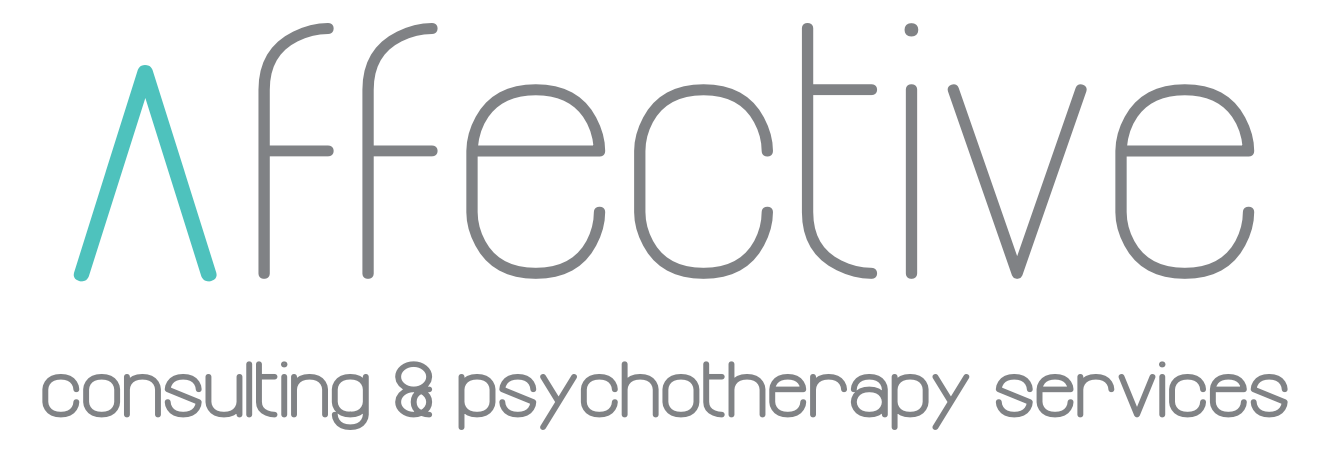The Mental Health Guide for Cis and Trans Queer Guys
Skills to Cope and Thrive as Your Authentic Self Order Now
As a cis or trans man who loves men, you face unique and challenging circumstances, including homophobia, biphobia, and transphobia, struggles with body image, and rejection from family. In addition, the lingering effects of bigotry, discrimination, microaggressions, and hate crimes can have a traumatizing and devastating impact on your mental health and well-being. This compassionate guide offers powerful skills to help you heal the pain of trauma and thrive authentically in a world that often misunderstands or marginalizes your identity and experiences.
If you’re struggling with mental health issues such as depression, anxiety, or trauma—or feel oppressed or misunderstood by the world around you—this book can help you overcome the negative internalized messages that are causing you emotional pain, and build the self-awareness, confidence, and courage needed to embrace your unique identity and thrive.
ASIN: B0DC3GKXPF
Individual Psychotherapy Assessment and History-Taking with Adult Clients
A Guide for the Eclectic & Generalist Practitioner Order Now
This is an essential resource for therapists seeking a client-centered approach to assessments. The guide provides a thorough framework of assessment questions, with each set accompanied by explanations detailing the purpose of the questions, how they can be interpreted through different therapeutic modalities, and examples of how to document the responses. By integrating diverse techniques such as CBT, EFT, and psychoanalysis, this guide helps practitioners foster meaningful therapeutic conversations while respecting clients' pace and boundaries.
ISBN: 9798895901939
Treatment Planning Reference Guide for CBT Clinicians
Designed for cognitive-behavioral therapy (CBT) practitioners, this comprehensive guide provides a practical roadmap for creating effective treatment plans across a wide range of DSM-5 disorders. The Treatment Planning Reference Guide for CBT Clinicians offers evidence-based techniques, quick reference charts, and step-by-step templates to streamline your therapeutic process.
This guide covers key interventions such as cognitive restructuring, exposure therapy, behavioral activation, and mindfulness, with specialized sections for conditions including anxiety, depression, OCD, and personality disorders. Whether you’re developing treatment plans for individuals, couples, or families, this resource ensures clinicians have the tools needed to enhance therapeutic outcomes.
Packed with worksheets, process steps, and practical strategies, this guide is an indispensable resource for both new and experienced clinicians aiming to provide high-quality, structured treatment planning in their CBT practice.
ASIN: B0DHBPSJ2V
ISBN: 9798895901793
Documenting Psychotherapy Interventions
A Guide for Eclectic Therapists Order Now
This guide offers practical templates, intervention lists, and documentation strategies for individual, partner, family, and supervision sessions.
Designed for therapists who integrate approaches such as Psychoanalytic Psychotherapy, CBT, DBT, Gestalt, EFT, and more, this book will help you streamline your note-taking, enhance therapeutic clarity, and improve client outcomes. Whether you are managing complex cases, ensuring compliance, or navigating electronic health records, this guide is your go-to resource for documenting a full range of therapeutic interventions with confidence.
ASIN: B0DH9WDPCW
ISBN: 9798895901786
REFlexivity and countertransference
the supervision companion guide order now
This guide serves as a practical, reflective resource, helping therapists to navigate the complex emotional landscapes we encounter and ensuring we stay grounded and effective in our work.
Within these pages, you’ll find explorations of common countertransference reactions and actionable tools to manage them. For example, it delves into those moments when we might feel a sudden urge to "rescue" a client or experience frustration or even drowsiness during a session. Other sections explore deeper dynamics, such as feelings of envy when witnessing a client’s success or a physical (somatic) reaction that may reveal our unspoken discomfort. Each reaction is supported with self-reflection questions, practical recalibration strategies, and insights to guide our responses.





